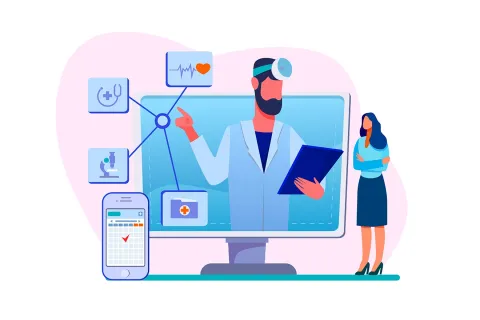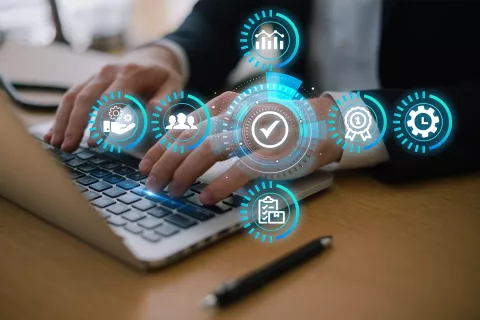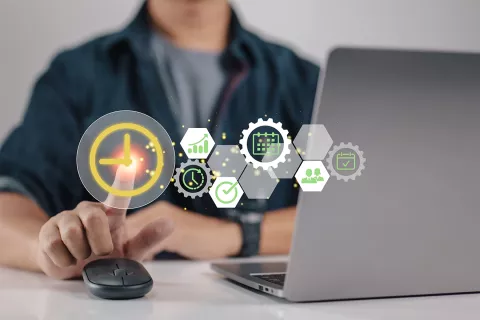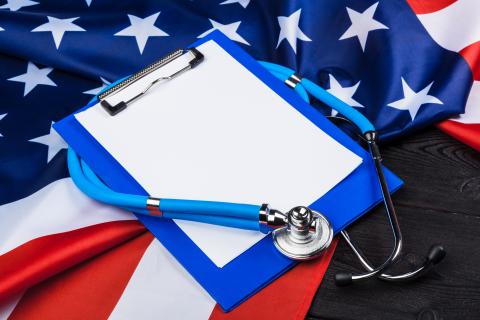
You may know that the Medical Device Coordination Group (MDCG) has released a Q&A document related to previously released guideline - MDCG 2020-4: guidance on temporary and extraordinary measures related to medical device Notified Body audits during COVID-19 quarantine orders and travel restrictions. The recent release throws further light on key considerations while adopting remote audit model by the Notified Bodies for conformity assessments.
Remote model of auditing can be adapted for the below listed activities by the Notified Bodies after a detailed assessment of the requirement and a case-by-case evaluation. The basis for the decision shall be documented by the Notified Body, however. The list of activities includes:
- Initial certifications under the EU MDD to avoid supply shortages of certain devices
- Extending the scope of existing certification under the EU MDD to avoid supply shortages of certain devices
- Existing and new critical suppliers and contractors
Unannounced Audits are not covered under the MDCG 2020 – 4 and shall not be conducted through remote model.
The Q&A document details the term “clinically necessary during the period of COVID-19 restrictions” used in the MDCG – 4. The medical devices and IVDs that are included in the list of essential medical equipment, released by the European Commission in relation to COVID-19 pandemic, fall under this category and includes:
- Various types of ventilators and related accessories, ECMOS
- Various categories and types of PPEs
- COVID detection kits and related accessories such as transportation medium, swabs, sampling kits extraction kits, reagents etc.
- Disinfectants and sterilizers etc.
- Oxygen generators / concentrators, humidifiers, delivery devices, sensors and flow splitters, pulse oximeters
- CO2 detectors, blood gas analysers, blood counting analyser, other analysers such as blood coagulation and related measurements – ACT, PTT, INR
- Medical gas cylinders and supply systems
- Nasopharyngeal and Oropharyngeal airway devices, laryngoscopes, endotracheal intubation devices, Fiberscopes, disposable emergency Cricothyrotomy sets
- Enteral feeding pumps and nasogastric tubes
- BP monitoring kits and patient monitoring devices
- Diagnostic devices such as Ultrasound machines, ECGs, CT Scanners
- Dialysis machines and Hemo filtration equipment and sets
- Other devices such as thermometers, wound dressings, positioning beds and mattresses, Nasal prongs, needles, catheters, cannulae, connectors, syringe and infusion pumps, blood gas syringes, medical drills for vascular access, suctions devices etc.
Considering that the postponement of the EU MDR implementation date and the EU MDD repealing date by an year, the remote audits can be conducted not only for the clinically essential devices, but also for other devices certified under the EU MDD.
Communication Technology
The Q&A document also has a mention on the communication technologies management for the remote audit. The adapted technologies should ensure the data security, integrity, confidentiality, and protection in addition to being an effective means of communication. A test run prior to the actual remote audit would help in avoiding any complications due to technical glitches or internet connectivity issues. The Notified Bodies and the device manufacturers should have an IT person to monitor the technical aspects of connectivity that may arise during the audit. Both the parties may opt to have a consent agreement in place for sharing and using the data, images and recordings.
Pre-remote Audit Considerations
Various pre-remote audit considerations include consensus on the ICT to be used and function teams and representation required, if the documents would be reviewed by the NB before the actual remote audit, verify the preparedness and effectiveness / performance of chosen ICT before the actual audit.
Remote Audit and On-site Audit
The Notified Bodies should follow MEDDEV/MDCG/NBOG BPG guidelines while carrying out remote audits. The remote audits should be followed by an on-site audit once the travel restrictions are withdrawn and once the situation is back to normalcy. The timeline for the remote and onsite audit should be derived by the NB and detailed in the audit program. Any deviation in execution shall be documented and shall be supported by proper justification.
The audit schedule should factor in the delays due to possible network connectivity issues in addition to the regular factors such as activities performed at the site, number of employees, manufacturing technologies, device risk class and associated complexities, suppliers, subcontractors, QMS complexities etc. The duration of the remote audit shall also be justified by the Notified Bodies.
The remote audits should include all activities as in on-site audits such as review of documents, personnel interviews, and manufacturing facility tours. As in the on-site audits, the Notified Bodies shall ensure the audit trail of the documents, gather the necessary evidence, record and retain the document copies where necessary. However, as a regular practice, the confidentiality shall be maintained while retaining any documentation.
Though we have tried to decode some of the aspects of Q&A document from MDCG, there is still a lot to be understood for successful compliance. For comprehensive understanding, consult an expert in remote audits for devices. Stay informed. Stay compliant.









